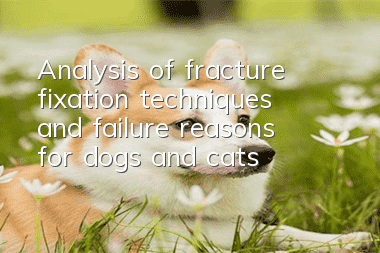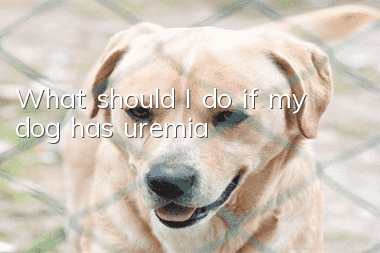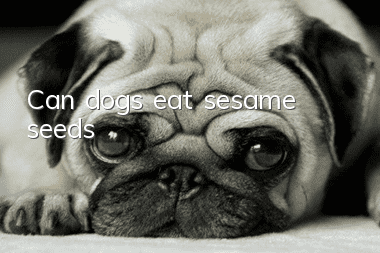Analysis of fracture fixation techniques and failure reasons for dogs and cats

●According to the shape of bones, they can be divided into long bones, short bones and irregular bones.
●The thin and strong part in the middle of a long bone is called the backbone; the cavity in the bone is called the medullary cavity.
●The enlarged parts at both ends of long bones are called the posterior ends of the bones, and the part connecting the backbone and the back is called the front end of the shaft.
●There may be 1-2 small holes on the surface of the bone, called trophic pores. Nerves and blood vessels pass through the trophic pores to nourish the bone.
Schematic diagram of the anatomy of long bones
2. Periosteum
●Endosteal
●Periosteum
3. Bone blood vessels
●Long bones are supplied with blood by the nutrient artery, epiphyseal artery, posterior trunk artery and Confucian artery.
●Nourishment artery—central artery—the inner 2/3 cortical bone
●Epiosteal artery 21 outer 1/3 cortical bone
4. Bone plates and bone units
5. Fracture healing methods
●Primary healing: After the fracture is anatomically reduced and firmly fixed, the Haversian canal can be recanalized at the fracture end without bone pain.
●Secondary healing: Fracture healing is accompanied by a large amount of bone formation within the medullary cavity and outside the cortex.
Second-stage healing process
Hematoma formation - inflammation and granulation tissue - primitive callus formation - bone reconstruction
●Hematoma formation: The intraosseous and external blood vessels running through the fracture line rupture, and blood overflows into the fracture area, quickly forming a hematoma.
●Inflammation and granulation tissue: Damage and necrotic tissue lead to acute inflammatory reactions such as capillary dilation, increased permeability, plasma protein leakage, and inflammatory cell infiltration, which then form granulation tissue.
●Osteoplasty formation: Osteoprogenitor cells in the inner layer of the periosteum differentiate into osteoblasts, and form periosteal bone pain (internal bone bone, external bone bone) through intramembranous osteogenesis, which is mainly used to fix the position of the two broken ends. The fibrous tissue at the fracture end and the medullary cavity is gradually transformed into cartilage tissue, and ossifies with the proliferation and calcification of chondrocytes, which is called endochondral bone. Annular bone epilepsy and intramedullary cavity bone pain are formed at the fracture site. . After the two parts of the bone come together, these original bone pains continue to calcify and gradually become stronger..
●Bone reconstruction: woven bone replaces mineralized cartilage - new lamellar bone replaces woven bone - second-generation bone units composed of lamellar bone replace original bone units - removes osteoarthritis in the medullary cavity, medullary cavity Re-open.
- Why do dogs like to sleep under the bed?
- What should I do if my puppy keeps barking in the cage?
- How to train a German Shepherd? The best time to train a German Shepherd!
- Will dogs with gastrointestinal problems have bad breath?
- What should I do if my French Bulldog eats too much and has diarrhea?
- How many meals does Harry the dog eat a day?
- 5 minutes to quickly understand the pros and cons of pet neutering
- Dog training is ineffective, let’s take a look at these misunderstandings!
- Can dogs wear clothes? In fact, there are hidden dangers in wearing clothes for dogs!
- Can pet dogs eat plums?



